See what Wes Anderson sets would look like in real life
The Hotel Belvedere was built in 1882, the lone building on a hairpin turn on Switzerland’s Furka Pass. Surrounded by mountains, it has green shutters that open from six narrow windows, and red letters spell H-O-T-E-L across the front. It looks lonely, slightly out of place, like it was summoned into being by someone who needed somewhere to stay for one night. It looks, in other words, like it belongs in a Wes Anderson film.
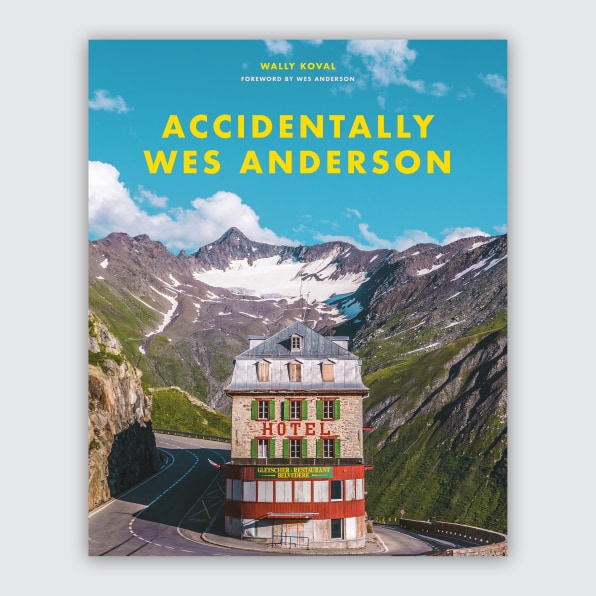
At least that’s what Wally Koval thought when he posted it in June 2017, the first picture on his new Instagram account: @accidentallywesanderson. Three years, 1 million followers, and 1,200 photos later, Koval is publishing a book with the same name. Accidentally Wes Anderson features photos from all seven continents taken by photographers around the world who have captured strange, beautiful, and compelling locations that evoke the famous director’s aesthetic. While unaffiliated with the project, Anderson himself wrote the foreword.
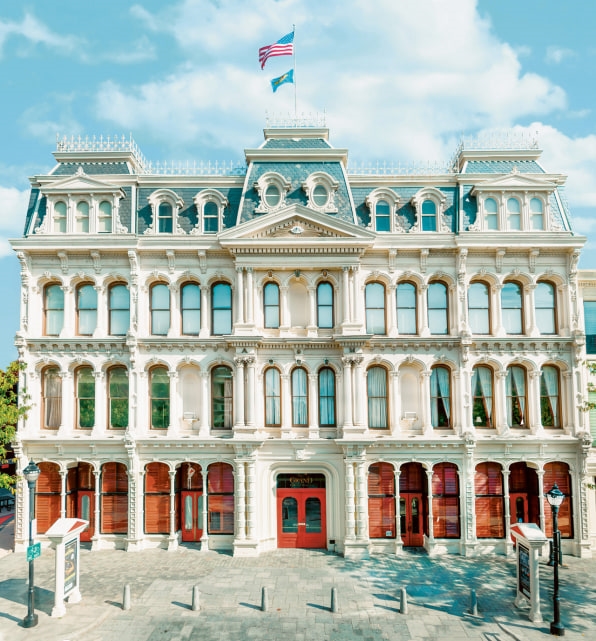
When Koval first started the account, he hoped to use it as a sort of travel bucket list with his then-fiance (now wife) Amanda. He’d started noticing photos that reminded him of Anderson’s films—”but I knew they weren’t, because I’d seen them all”—and used that as an organizing principle. It turns out, lots of other people were looking for the exact same thing. “People started reaching out, telling me, ‘I went here, I did that, have you been here?’ It was these very casual, comfortable conversations with random people on the internet—it was very strange but awesome, almost like a travel book club.”
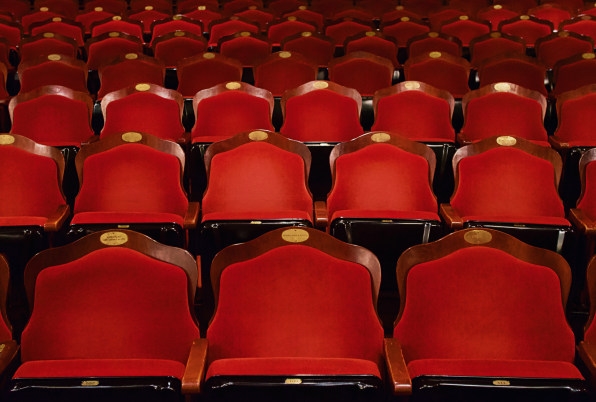
Today, Koval says he gets about 2,500 submissions a month and narrows them down to roughly 30—the account posts just one photo a day. Early posts just included the location and year the structure was built; as the account has grown, the captions have as well, including historical details or design features. For the book, Wally and Amanda, who live in Brooklyn, were able to go even deeper with the research.
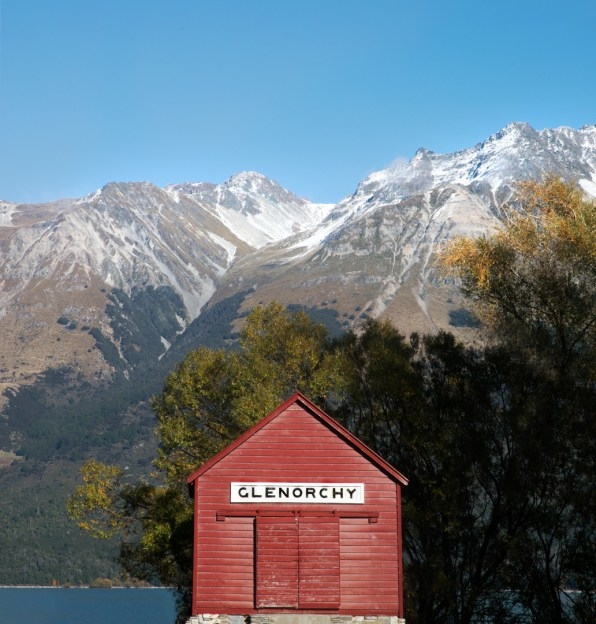
“In Glenorchy, New Zealand, good luck finding any of the information we found,” he says. “We called up the Glenorchy Historical Society, which I believe is one lady, and she gave us everything. Incredible amounts of information.” The photo is of a small red shed surrounded by mountains; the accompanying story explains that the shed was where steamboats docked, which was the only way into the remote location for almost a century, until a woman named Rita insisted her husband build a road. For Camp Shady Brook in Colorado, they talked to the great-granddaughter of the original homesteader who built the wood cabin in the photo. Constructed for his family in 1894, it’s now part of a YMCA camp—and one of the only original buildings to have survived several forest fires. “You get to discover these places that you can’t get with Google,” Koval says. “You’re helping to maintain those stories a bit.”
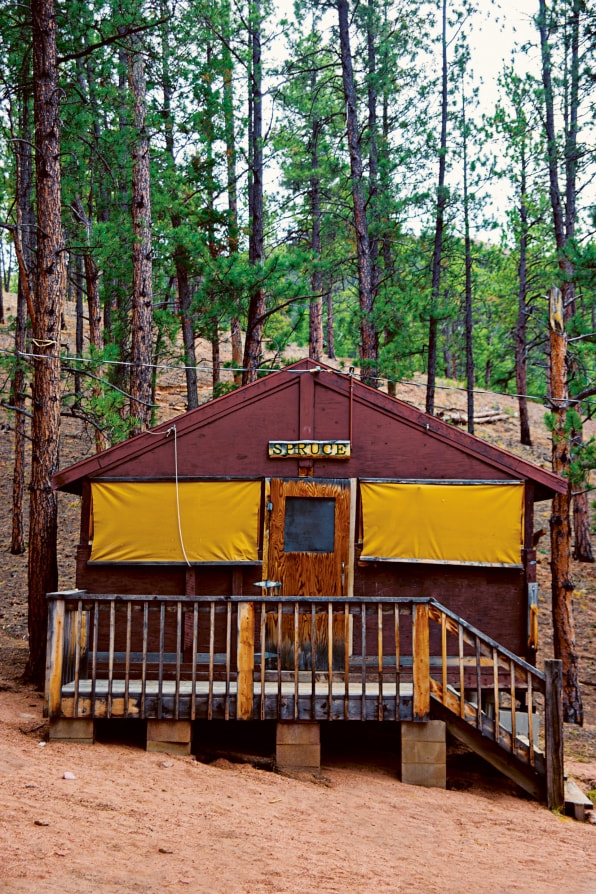
Many of the photos in the book are from far-flung or hidden locales, but some are surprisingly recognizable. Koval says one of his favorites is Buckingham Palace, which shows a stark sign in front of the palace, the scene bereft of people. Why does this particular photo stand out? Here, Koval gets animated. “Did you know that the queen of England has a full-time shoe-breaker-inner and you have to be a size five and wear nude ankle socks? Did you know they have a full-time person on staff making sure all the clocks—500-plus—are wound and on exact time? I didn’t know any of that. I find that to be super interesting.” Koval’s obsessive attention to detail tracks with Anderson’s films, where the weird and wonderful are turned over and magnified, becoming beloved in the process.
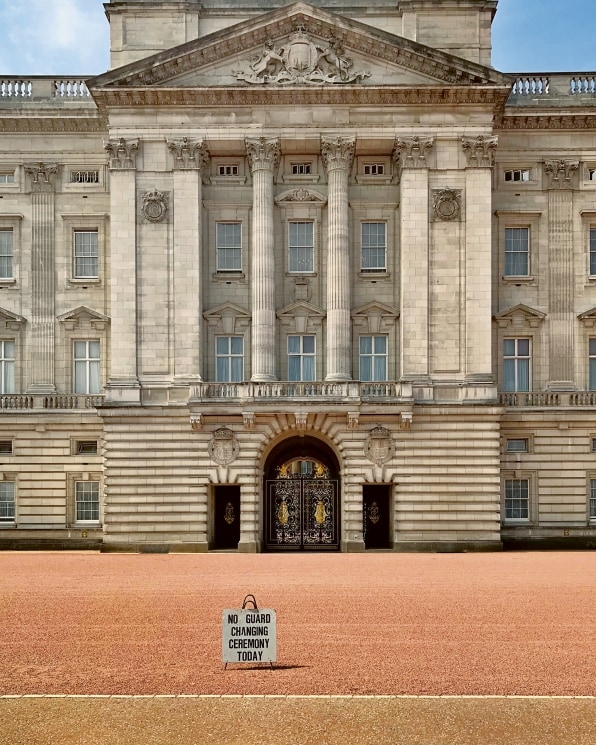
And that’s the point of the book and the Instagram account and Wally Koval’s mission, really: to make people curious, to encourage them to ask questions, turn the corner, go just a little bit deeper. In the run-up to the book, he and Amanda launched a new website that they hope to grow into a kind of travel hub.
“I don’t want to give you an itinerary,” he says. “I want to give you three to four places. You start at 8 a.m. and spend an hour or two getting to the next destination. Do that again and again. Those interludes—that’s where the excitement happens. That’s where you’re going to uncover things you wouldn’t otherwise.”
It seems like an unfortunate time to be in the business of promoting adventure, when people are stuck at home and COVID-19 has all but shut down travel. But here, too, Koval disagrees. “We weren’t able to go to Scotland, to Houston, to Spain. Instead we drove up to the Catskills, we drove to Southern Delaware, and we found these really interesting things in our own backyard that we may have overlooked. We made the most of it and found just as interesting stories as we would have otherwise. Meeting people and talking to them—it doesn’t really matter where you are, it just matters what your perspective is.”
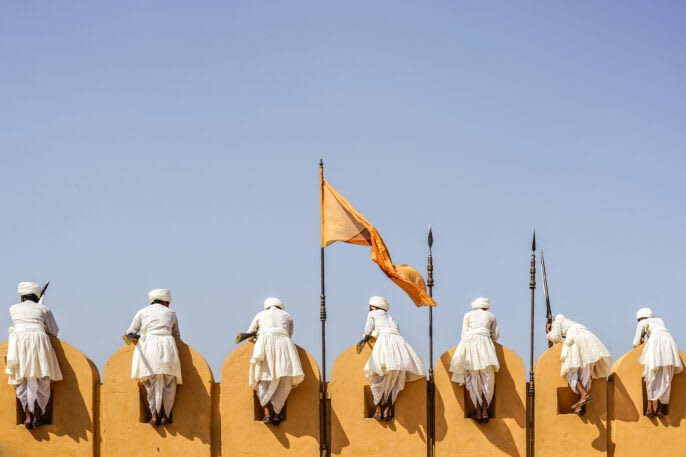
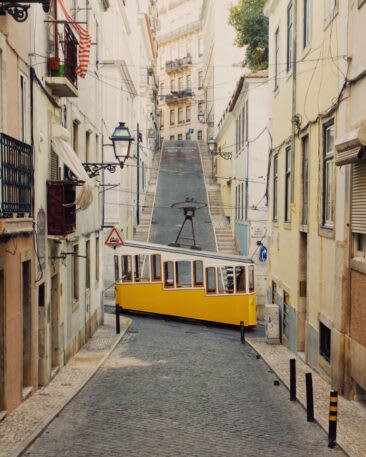
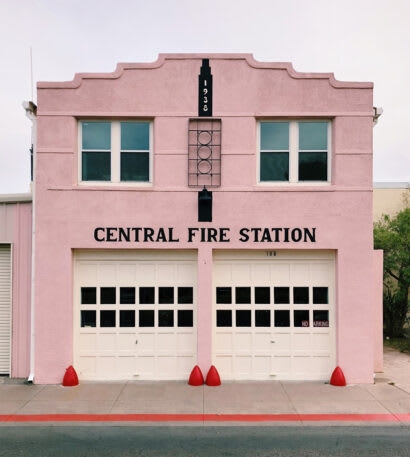
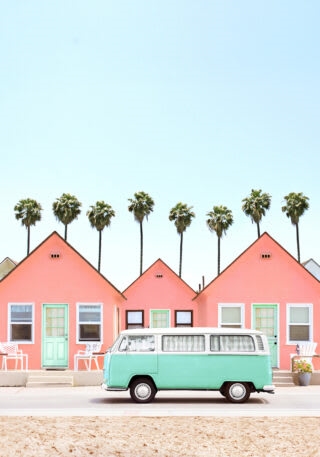
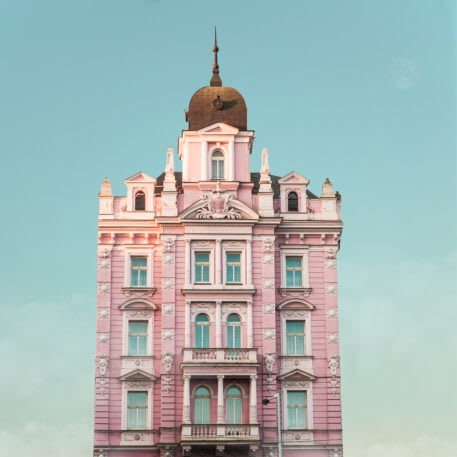
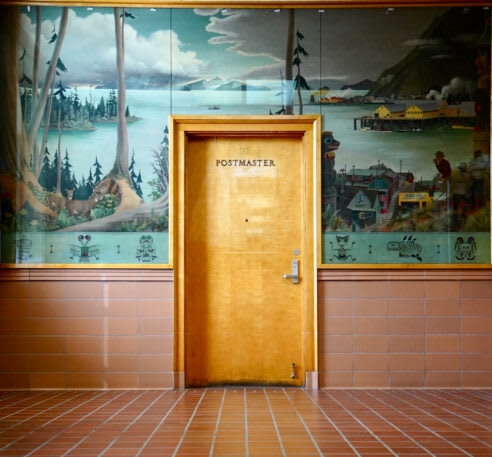
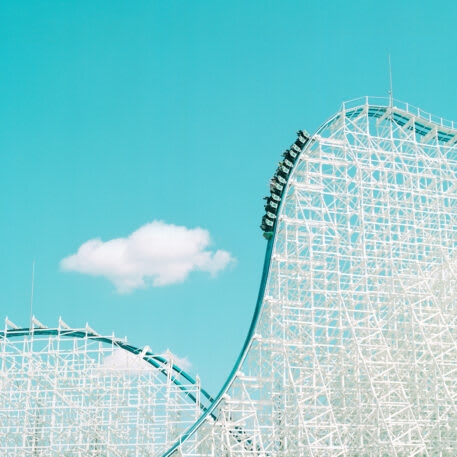
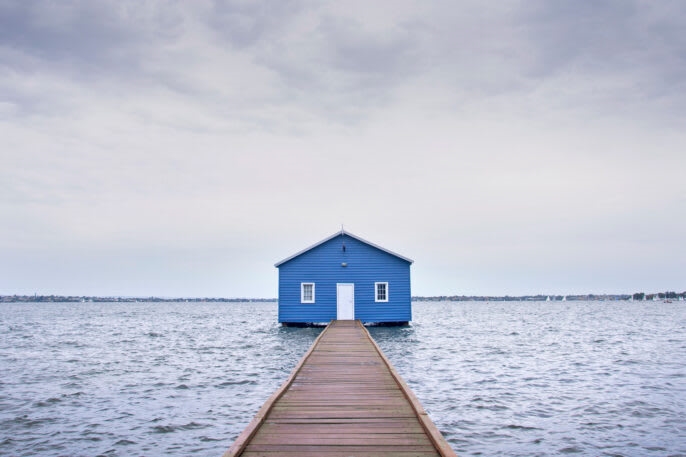
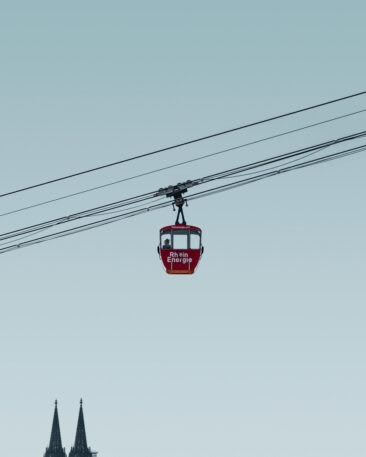
(11)

